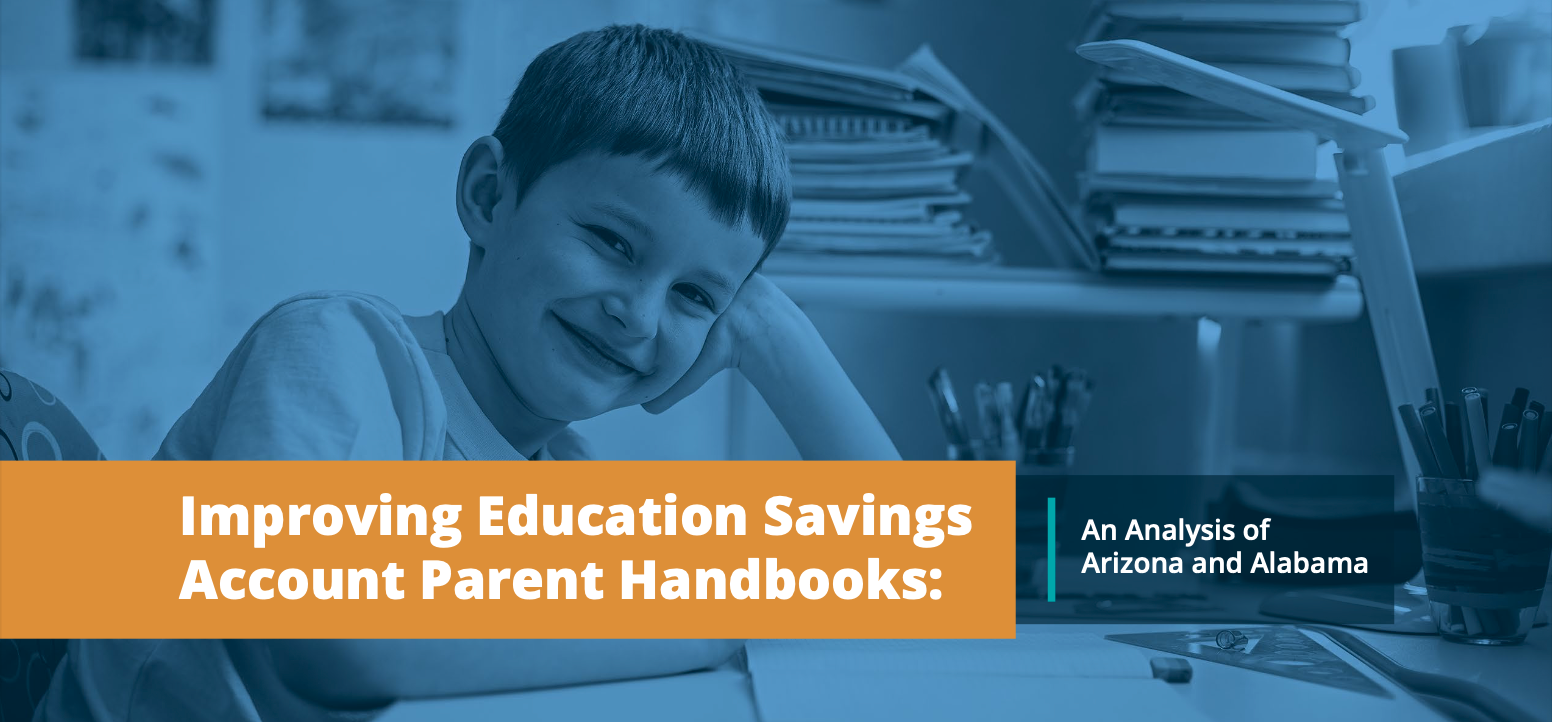
Improving ESA Parent Handbooks: A Guide for States
July 2025
As Education Savings Account (ESA) programs grow nationwide, families need clear, accessible guidance to make the most of these opportunities.
ESA handbooks, typically provided by state agencies, are a critical tool for helping parents understand how the program works, what expenses are allowed, and how to stay compliant. But poorly designed handbooks can create confusion, limit flexibility, and undermine trust in the program.
This report from State Policy Network examines two ESA handbooks—Arizona’s Empowerment Scholarship Account and Alabama’s CHOOSE Act program—to identify what states are doing well and where there’s room for improvement.
Arizona’s handbook is detailed and comprehensive, offering a deep dive into the program’s structure, rules, and spending options. It includes helpful tables, examples, and accessibility features like a Spanish version and accessible format. However, its sheer length and legal language can be overwhelming, and it sometimes imposes restrictions or policy changes not clearly grounded in statute.
Alabama’s CHOOSE Act Parent Guide takes the opposite approach: it’s short, visually appealing, and easy to follow, especially for families new to ESAs. But while its simplicity is a strength, it also lacks citations to relevant laws and imposes additional limits that may restrict the flexibility intended by the program.
The report offers recommendations to help states create ESA handbooks that are clear, family-friendly, and legally sound. These include using plain language, offering clickable tables of contents, placing key information up front, and ensuring any restrictions are explicitly authorized by law.
By highlighting lessons from Arizona and Alabama, this report provides a practical roadmap for states looking to improve their ESA handbooks and better serve families. When done right, these documents don’t just explain the rules—they empower parents to make the best educational decisions for their children.
